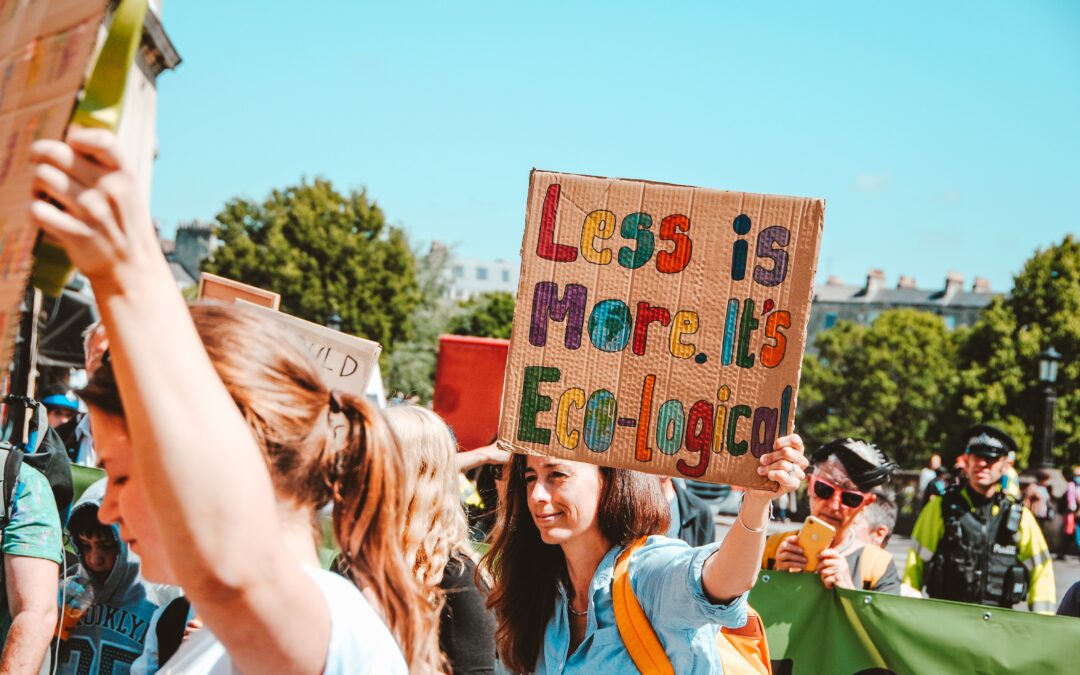Reducing the amount of waste used is a great way to lessen your negative environmental impact. As people in the world grow increasingly environmentally-conscious, sustainability and zero-waste initiatives have become quite popular, with trendy zero-waste stores and sustainable DIY hacks. While many of these stores and zero-waste alternatives can be fairly expensive (and not to mention how time consuming certain DIY tasks can be), this isn’t always the case. In fact, reducing the amount of waste used can actually be easier than you think and a great way to save you money.
Why reducing waste is important
Reducing the amount of waste we cycle through is an important way to mitigate the harm we cause to the natural world. Plastic waste is a major polluter of our oceans. In fact, every minute, the equivalent of a truckload of plastic enters the oceans. The rest often ends up filling the landfills and can take up to 500 years to decompose.
By switching to reusable alternatives and cutting down on waste, we not only reduce the amount of plastic and other materials ending up in our natural environments, but we also help the environment in other ways. Plastics are made of natural resources like crude oil, natural gas, and coal, which cause great harm to the environment when extracted, due to deforestation and fracking. Plastic manufacturing is also highly energy intensive, resulting in greater greenhouse gas emissions. If less plastic is produced, less harm is done to the environment – simple as that!
However, it’s really important to note that while individual initiatives to reduce waste are extremely important, the burden of the responsibility should fall primarily on big grocery stores and supermarkets to reduce the amount of packaging in their stores. Because of that, it’s nearly impossible to live a completely zero-waste lifestyle, since our society revolves heavily around convenience and easily disposable packaging. When you go to the supermarket, it can be a challenge to find items that don’t come with excess packaging. So, it’s best to strive for progress, not perfection – every little thing makes a difference!
Save money through buying bulk
There are many zero-waste grocery stores that have popped up in recent years. While some of them tend to be a bit on the pricier side, as they often sell organic and locally sourced goods, you can often find some pretty good deals, especially on bulk staples such as quinoa, rice, oats, and beans. Many of these stores often sell bulk household products as well, like dishwashing liquid and laundry detergent.
Major grocery stores and supermarkets usually also have their own bulk sections that tend to be quite cheaper than the smaller independent stores – even though these items typically aren’t organic or locally sourced. In these sections, you can find dozens of bulk items, including nuts, oats, grains, dried fruit, and more. Buying these items in bulk tends to be cheaper than buying pre-packaged groceries. It’s a win-win!
While many of the smaller stores offer jar deposit systems or free donated containers, most allow you to bring your own containers from home to refill. Chances are, you probably have an old pickle jar or yogurt container lying around somewhere that you could refill at a bulk bin, instead of purchasing a whole new jar.
Buy only what you need
While this may seem obvious, we’re all guilty of purchasing too much food, which later sits in the fridge or pantry and spoils, just to be tossed out. In addition to contributing to the massive food waste problem, which consumers greatly contribute to, you also end up losing money.
Chances are, you don’t need the impulse-buy snacks and candies near the check-out counter. Not only does the cost of these add up, but these items are often wrapped in unnecessary plastic packaging, which results in more plastic waste in our landfills and oceans.
Meal planning and prepping is another way to reduce waste and save both time and money. When you go to the grocery store with specific meals in mind, you’ll be less likely to end up purchasing things you don’t really need. You’ll also be less inclined to order take-out or make one-off, time-consuming trips to the store. When planning your meals, try to mindfully choose those with ingredients that can be purchased with zero or minimal packaging.
Think long-term
Often, zero-waste products seem to be more expensive, but they actually end up saving you money in the long term. For instance, purchasing a beeswax reusable wrap may initially be a bit pricey, but will save you money because you won’t have to constantly buy plastic saran wrap or aluminum foil.
Using rags and cloths (or even just cutting up old shirts) instead of using paper towels is a great way to reduce waste while saving money. People who menstruate can also save money and reduce waste by purchasing menstrual cups, which sell for around $30, instead of shelling out money each month on tampons and pads.
You may also consider ditching disposable plastic razors for more heavy-duty zero-waste metal razors, which you can use for years while occasionally swapping out the razor, which tends to be cheaper than reusable razors.
Switching to bar soap is another way to save money and reduce waste – for hand soap, body soap, and shampoo. Plastic containers that contain liquid soap are wasteful, contain chemicals, and can’t be recycled in many places. Purchasing unwrapped soap bars may be a bit pricier than a bottle of liquid soap, but they typically last much longer – again, saving you money in the long-run.
Essentially, there are so many ways in which reducing waste and saving money go hand-in-hand! You don’t need to be wealthy and purchase costly organic products or devote many hours to DIY projects. With a bit of research, creativity, and mindful consumption, reducing waste can be a feasible pursuit for all.
